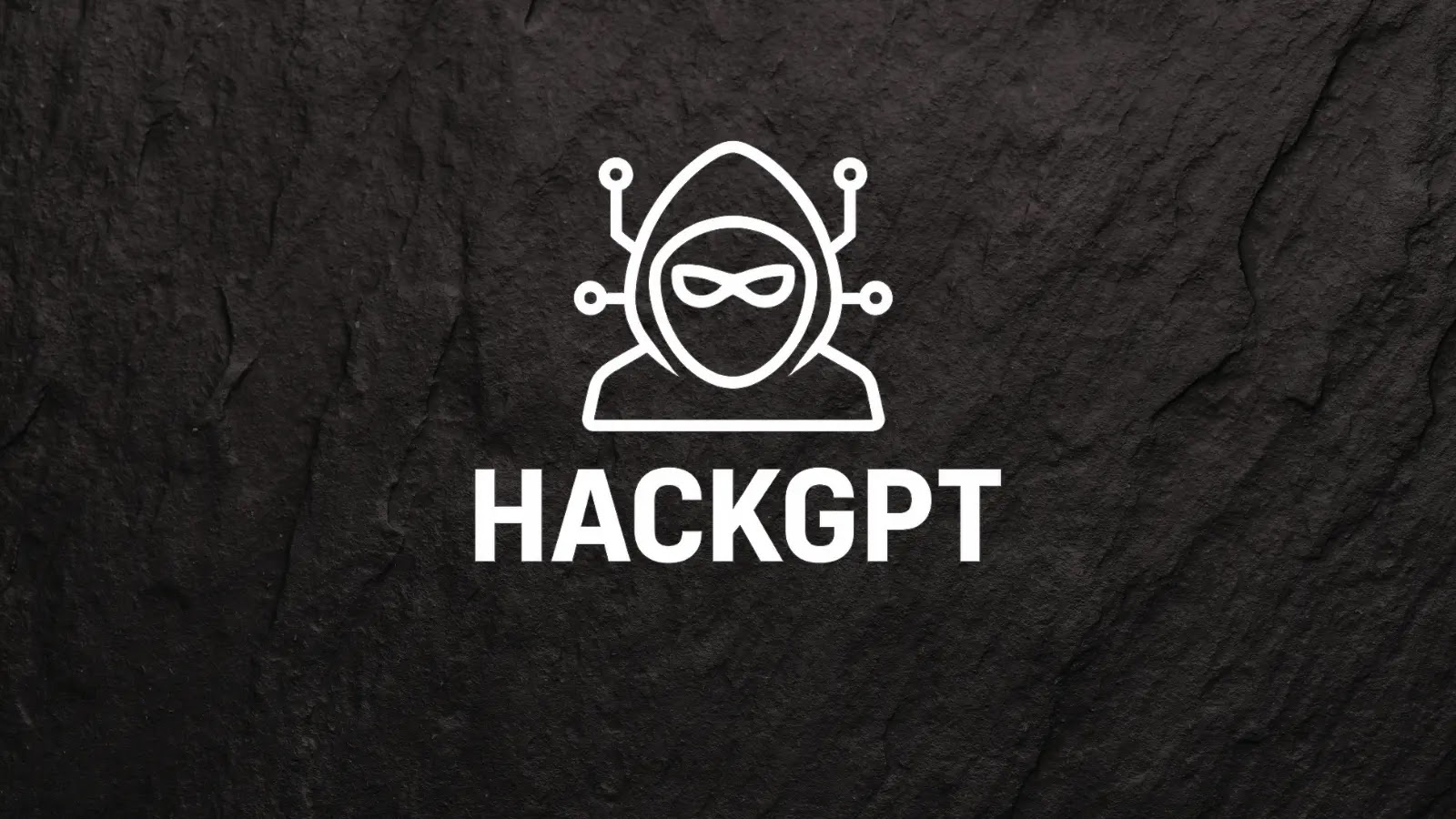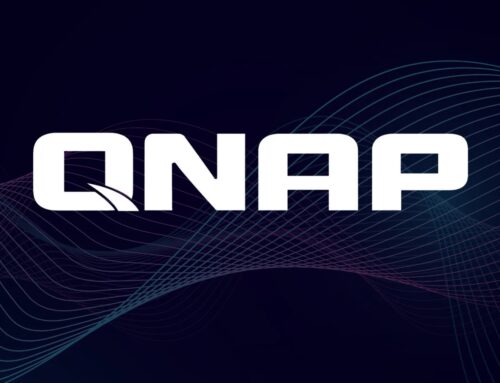
HackGPT: AI-Powered Penetration Testing Platform Includes GPT-4 and Other AI Engine’s
The landscape of cybersecurity is undergoing a profound transformation, driven by the relentless pace of digital innovation and the escalating sophistication of threats. Traditional penetration testing methods, while foundational, often struggle to keep pace with the sheer volume and complexity of modern IT environments. This is where artificial intelligence steps in, promising to revolutionize how organizations identify and mitigate vulnerabilities. Enter HackGPT, an AI-powered penetration testing platform designed to address these very challenges, offering security teams a scalable and compliant solution for effective vulnerability assessments.
HackGPT: A New Paradigm in AI-Powered Penetration Testing
Developed by Yashab Alam, HackGPT Enterprise emerges as a significant advancement in offensive security. This cloud-native platform is engineered for the rigors of modern security operations, focusing on scalability and regulatory compliance. Its core strength lies in its multi-model AI architecture, which integrates cutting-edge language models to enhance the precision and efficiency of vulnerability discovery. The platform is not just an incremental improvement; it represents a strategic shift towards more intelligent, proactive security postures.
Multi-Model AI: The Brains Behind HackGPT
At the heart of HackGPT’s capabilities is its support for multiple AI engines. This includes the highly advanced OpenAI’s GPT-4, renowned for its natural language understanding and generation capabilities. But HackGPT doesn’t stop there; it also incorporates local Large Language Models (LLMs) like Ollama. This multi-model approach is crucial, allowing the platform to leverage diverse AI strengths for different aspects of vulnerability analysis. By combining the power of leading cloud-based AI with the flexibility and control of local LLMs, HackGPT can perform intricate pattern recognition, detect subtle anomalies, and even contribute to the discovery of previously unknown zero-day vulnerabilities.
Key Features and Capabilities
HackGPT is positioned to empower security teams with a suite of advanced features:
- Scalable Vulnerability Assessments: Designed to handle diverse and expanding IT infrastructures, ensuring thorough coverage as organizations grow.
- Regulatory Compliance: Built with compliance in mind, helping organizations meet stringent industry standards and avoid potential fines or reputational damage.
- Pattern Recognition: Utilizes AI to identify complex attack patterns and exploit techniques that might evade traditional scanners.
- Anomaly Detection: Pinpoints unusual activities or configurations that could indicate a security weakness or an ongoing breach attempt.
- Zero-Day Vulnerability Discovery: Through sophisticated analysis and predictive modeling, HackGPT aims to identify vulnerabilities before they are widely known or exploited, a critical capability in today’s threat landscape.
- Integration with GPT-4: Leverages the advanced reasoning and contextual understanding of GPT-4 for deeper analysis and more intelligent threat modeling.
- Support for Local LLMs (e.g., Ollama): Offers flexibility and control, allowing organizations to maintain data sovereignty and customize their AI models for specific needs.
The Impact on Security Teams
For security professionals, tools like HackGPT offer a significant advantage. The platform’s ability to automate and augment complex penetration testing tasks frees up valuable human resources, allowing analysts to focus on strategic initiatives rather than repetitive manual processes. This leads to more efficient vulnerability management, a reduced attack surface, and ultimately, a stronger overall security posture. By providing comprehensive and quick insights, HackGPT enables proactive defense mechanisms, moving organizations from a reactive to a predictive security model.
Remediation Actions (General Guidance)
While HackGPT assists in discovering vulnerabilities, effective remediation remains a critical human-driven process. Here are general steps to take once vulnerabilities are identified:
- Prioritize Findings: Categorize vulnerabilities by severity (e.g., Critical, High, Medium, Low) and potential business impact.
- Verify and Validate: Independently confirm reported vulnerabilities to avoid false positives.
- Patch and Update: Apply security patches and updates for identified software or system flaws.
- Configuration Hardening: Implement security best practices for all configurations, including network devices, servers, and applications.
- Access Control Review: Ensure the principle of least privilege is enforced for all user accounts and system access.
- Security Training: Educate users and developers on secure coding practices and common attack vectors.
- Regular Audits: Conduct continuous monitoring and periodic security audits to ensure ongoing protection.
- Incident Response Planning: Maintain and regularly practice an incident response plan to manage and recover from potential breaches.
Conclusion
HackGPT represents a compelling vision for the future of cybersecurity. By integrating advanced AI capabilities, including GPT-4 and local LLMs, it offers a powerful, scalable, and compliant platform for penetration testing. This evolution is vital for security teams grappling with an ever-expanding threat landscape and the growing complexity of digital infrastructures. Tools like HackGPT are not just enhancing current security practices; they are redefining them, pushing the boundaries of what is possible in proactive vulnerability management and defense.





